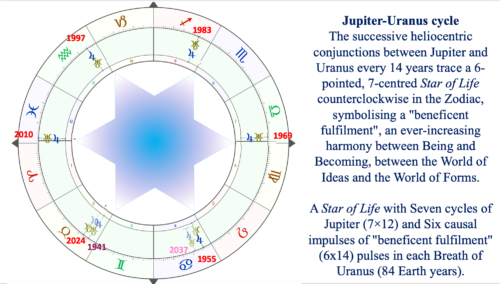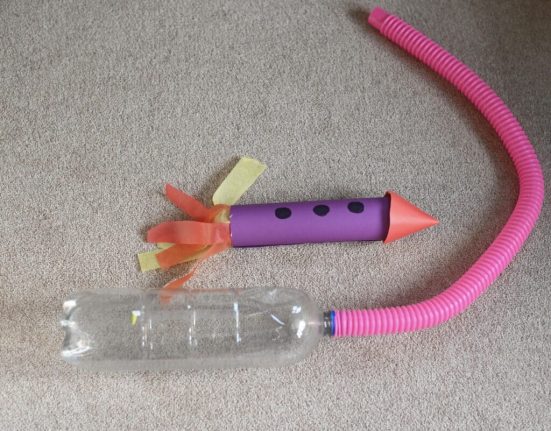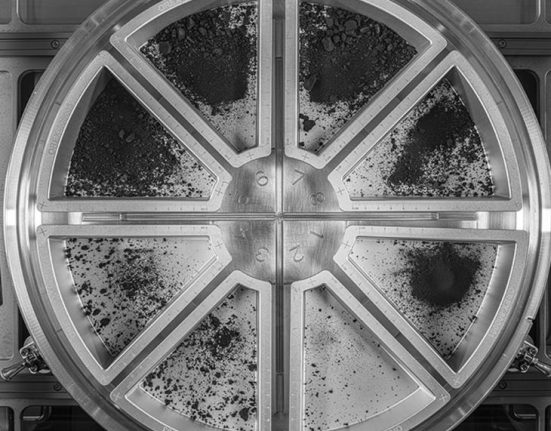In today's rapidly changing environmental landscape, traditional methods of ecological preservation and recovery often fail to address the new challenges posed by global environmental change. This calls for innovative approaches that not only engage human ingenuity but also actively incorporate the inherent evolutionary capabilities of nature itself, as human knowledge is limited in relation to future developments. One promising avenue explored in recent research is the conceptualization of nature-based solutions (NBS) as a co-creative art form, which can unlock the evolutionary potential of ecosystems under the increasing pressures of human-induced changes. The new vision on NBS would go beyond a mere restorative approach to conserving nature while it is used, and would also not leave the power of design alone to human engineers, but would harness the creative potential of nature, recognizing other species as co-creators of the NbS.
Professor Carsten Herrmann-Pillath from the University of Erfurt led a team consisting of Associate Professor Simo Sarkki from the University of Oulu, Professor Timo Maran from the University of Tartu, Associate Professor Katriina Soini and Research Professor Juha Hiedanpää from the Institute of Natural Resources of Finland (Luke). . They proposed a novel framework that considers NbS as dynamic and coevolutionary works of art. Their study, recently published in the journal Nature-Based Solutions, delves into how NbS can be designed not only to solve practical environmental problems but also to foster an aesthetic and reciprocal relationship between humans and the more-than-human world.
“We argue that, given the increasing speed of environmental change, the design of NBS for biodiversity recovery cannot be based solely on past or current conditions, but must create conditions for the evolutionary potential of even future biodiversity.” unknown,” explains Professor Herrmann-Pillath. This forward-thinking approach challenges conventional restoration practices that typically focus on returning ecosystems to their previous states, which may no longer be viable under future environmental conditions.
The researchers argue that NbS should go beyond mere engineering projects and be conceived as arts-based creative endeavors that engage with the community and local biosphere in meaningful, problem-oriented and future-oriented ways. This approach is based on the aesthetic theory of philosopher John Dewey, who saw art as an experiential process that enriches both the creator and the observer, blurring the lines between nature and culture.
One of the critical ideas of the study is the concept of “natural cultures” (originally suggested by Donna Haraway), where nature and human culture are not seen as separate but as intertwined threads of a broader tapestry of everyday life. This perspective recognizes the agency of non-human elements in the design process, viewing them as active participants who can co-create and co-evolve within the designed ecosystem.
“An emphasis on the aesthetic dimension of NbS activates a co-creative process to renew joint human and non-human possibilities and greater co-evolutionary potential for resilience and future biodiversity,” says Professor Herrmann-Pillath. By integrating aesthetic considerations into NbS design, projects not only find ways to support ecological functions but also contribute to the cultural and community life of the regions they inhabit.
However, the application of NbS as co-creative art is not without challenges. The changing climate and unpredictable nature of ecological responses mean that NbS must be adaptable and responsive. The design process itself should be iterative and inclusive and involve a wide range of stakeholders, including environmentalists, urban planners, community members and artists. In practice, that means, for example, that building design must allow ample opportunities for other species to encourage a reconstruction of urban spaces so that the aesthetic preferences of both humans and other species count.

Reference: Evans, Alicejane and Michael Hardman. “Improving green infrastructure in cities: urban parking as a space of opportunity.” Land Use Policy 134 (November 2023): 106914. DOI: https://doi.org/10.1016/j.landusepol.2023.106914
In short, as Professor Herrmann-Pillath and colleagues noted, embracing NbS as a more-than-human art form offers a way forward that respects and utilizes the intrinsic value and creative potential of nature. This approach not only aims to mitigate environmental problems, but seeks to transform the way we perceive and interact with our environment, promoting a sustainable and aesthetically enriching coexistence with the natural world.
Magazine reference
Herrmann-Pillath, C., Sarkki, S., Maran, T., Soini, K., & Hiedanpää, J. (2023). Nature-based solutions as more-than-human art: Coevolutionary and cocreative design approaches. Nature Based Solutions, 4, 100081. DOI: https://doi.org/10.1016/j.nbsj.2023.100081
About the authors
For author biographies, visit: https://co-evolvers.eu/about












Leave feedback about this